All products featured are independently chosen by us. However, SoundGuys may receive a commission on orders placed through its retail links. See our ethics statement.
Best voice recorders





There is more to audio than just listening to music and podcasts. Good audio can be a handy tool whether you’re recording video, taking notes in class, or making sure that you don’t miss anything important during an interview. Whatever your intended use, it’s always a good idea to keep a voice recorder at the ready, just in case. These are some of the best voice recorders available right now.
What's new?
- This article was updated on January 15, 2024, to add relevant interlinks, answer more FAQs, and adjust formatting to our current style.
- Be sure to check out our list of the best voice recorder apps and the best voice recording microphones to record your audio, too!
Most people should go with the Zoom H1n
One of the most trusted names in portable recording is Zoom. The company has a number of products ranging from entry-level recording to professional gear, and the Zoom H1n bridges that gap. You can use it as a microphone for interviews, set it down on a table and just leave it be, or attach a Lavalier mic to it, thanks to the input on the side.
It features stereo condenser microphones that are protected from damage by the plastic cage surrounding them, and there are a few basic effects, such as low cut and a limiter, which you can add right on the recorder as well. The H1n records in 96kHz/24-bit in WAV or MP3 format, which is more than enough to get the job done for most people. It also accepts microSD cards, and you’ll get about 10 hours of use via two AAA batteries.

The best budget voice recorder for an interview or a meeting is the Sony ICD-UX570
Sony seems to be great at just about everything. It already has some of the top-performing active noise canceling headphones on the market thanks to its top-notch microphones, so it shouldn’t be a surprise that it has a great option for digital voice recorders, too. The Sony ICD-UX570 recorder is a sleek piece of tech that almost looks like a remote control.
It has a bright OLED display that lets you see how much time is remaining on the memory card and has three recording options. The ICD-UX570 automatically adjusts modes to suit input volume. It accepts microSD cards but also has 4GB of internal storage, so if you forget the memory card, you can still get what you need. In a pinch, a three-minute charge yields an hour of recording time. Typically retailing for under $100, it’s a pocketable and affordable voice recorder.

Smartphone video creators should get the Sennheiser MKE 400 Mobile Kit
If you have a smartphone, then you already have a pretty good voice recorder. The problem is that the microphones built into your phone aren’t great, which is why Sennheiser made the Sennheiser MKE 400 Mobile Kit. I’ll admit this pick is kind of cheating since it isn’t technically a voice recorder. Still, just by adding this mic to your smartphone, you can really step up the audio quality of your recordings and just use the tiny supercomputer in your pocket.
The shotgun condenser mic can connect to either iOS devices via a Lightning adapter or Android devices via USB-C adapter, and you can attach a dead cat (windscreen) to it if you’re recording outside. Similar to the Shure MV88+, you get a Manfrotto PIXI Mini Tripod that clamps to your smartphone. A three-step sensitivity switch rests on the microphone housing so you can easily make adjustments before hitting “record.” It also has a low-cut filter switch and direct mic monitoring feature, which is incredibly handy to get a read on how much background noise is coming through.
Voices come through very clearly with the MKE 400 and sound better than on the Sennheiser MKE 200 (for $99 at Amazon). So if you’re making videos for YouTube and need to record voices without the mic being visible, it’s a great value for mobile creators with a trusted professional audio brand.

For serious production, pick up the Zoom H5
If you’re a little more serious about your gear and how your audio sounds, then pick up the Zoom H5, which gives you some more flexibility when it comes to using it with high-end gear. Not only does the Zoom H5 have some pretty great condenser mics built into the top of it, similar to the Zoom H1n mentioned above, but it also has two XLR/TRS combo inputs on the bottom which means you can plug in a pro-level microphone, like the Shure SM58 dynamic mic.
You can even independently set the levels for each input. It records onto an SD card that can go up to 32GB and runs off of two AA batteries. It can even provide phantom power to a mic if it needs it, though that will drain the batteries quicker. Not to mention that if you really need to, you can plug this into your computer and just use it as an audio interface instead. While that isn’t its first use-case, it gets the job done nicely in a pinch.

Capture your voice in even the noisiest settings with the Tascam DR-10L
Sometimes, you’re not able to record in ideal circumstances. For that, you want something that captures the speaker’s voice without too much external noise. Enter the Tascam DR-10L, a compact recorder with a lavalier microphone and recorder intended to clip onto the shirt.
The DR-10L is capable of lasting 10 hours on a single AAA battery. It also has some fail-safe features, such as dual simultaneous recording modes, one that records audio at a higher gain setting and another at a lower gain setting, so you need not worry about audio clipping or, conversely, sounding too quiet. The recorder additionally has a lock switch, so jostling about won’t accidentally stop a recording.
What’s more, the Tascam DR-10L uses a standard Sennheiser style 3.5mm lavalier mic connection, so if you ever upgrade your mic, you don’t need to replace the whole unit. You can record to microSD or SDHC cards in lossless WAV or MP3 formats at 24-bit/48kHz, so not the highest resolution, but usable. Plus, a headphone jack means you can check your recording immediately after ending a session without involving a computer by using the legible screen. The downsides are the tech is a bit long in the tooth; the micro-USB connection and some limitations around microSD card compatibility may be a pain.
Sometimes, your phone is the best voice recorder
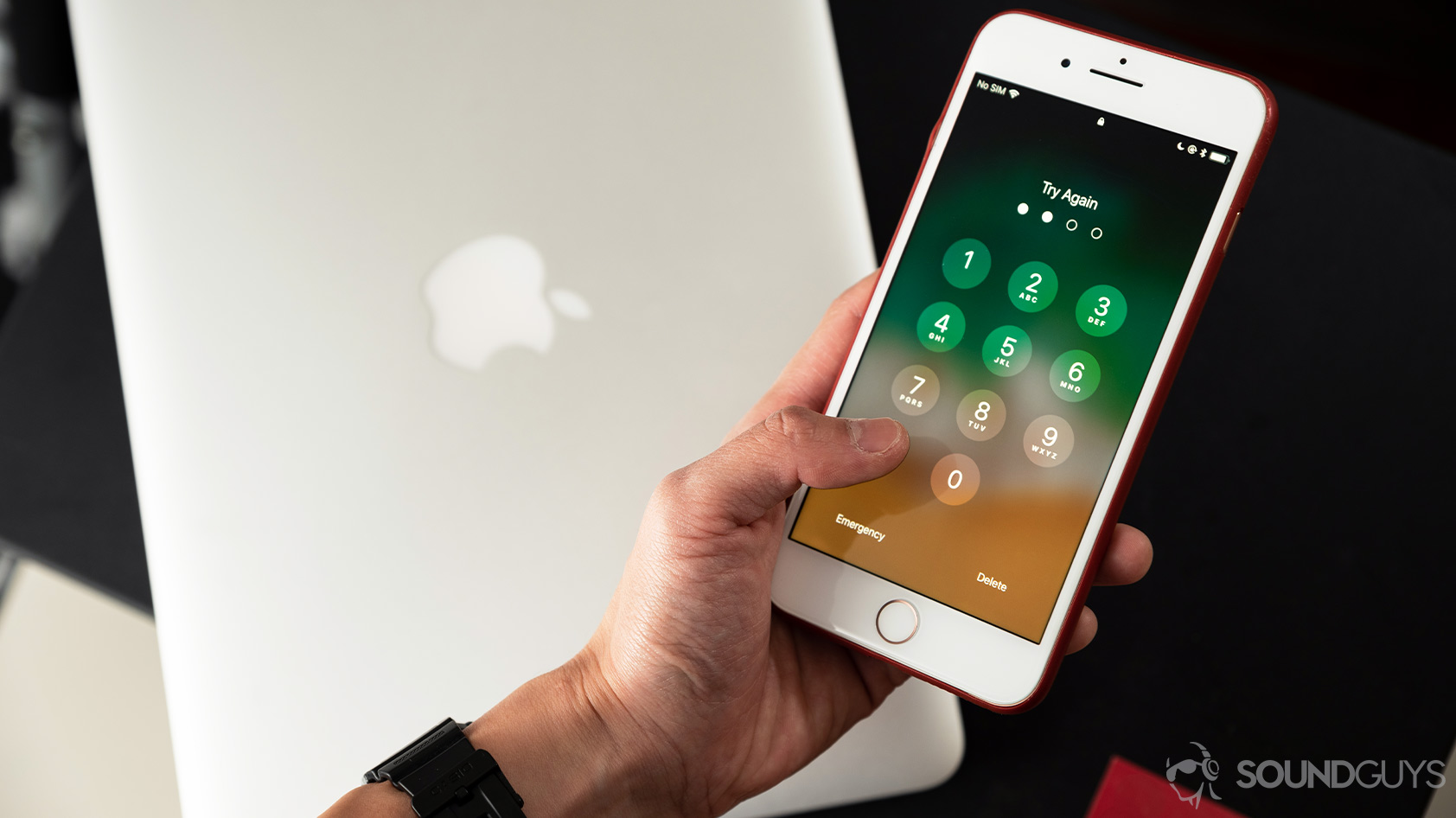
These days, our smartphones are packed with a lot of capabilities, including recording. You won’t get the best audio quality, given the limitations of your phone’s internal microelectromechanical systems (MEMs) mic. Still, sometimes the best voice recorder is the one you have at hand. Plenty of low-budget productions and impromptu interviews have utilized a smartphone to record audio. One trick is to ensure the mic is aimed at the source to avoid accidental off-axis sound rejection. The lower-quality audio results are the trade-off and likely will require more post-production editing to really polish it.
Voice recording apps are great for people who prioritize convenience above all else. Whether you need to record a last-minute meeting or song demo, voice recording apps make it quick and easy to jot your ideas down. It is worth noting, however, that most smartphone microphone quality isn’t the best, sporting a limited frequency response that fails to capture audio sources in the best manner possible. For the absolute best in audio quality, such as for a published interview or audio sampling, there’s no replacement for a good old digital voice recorder.
Voice recording apps are a convenient way of recording voice notes using the hardware already built into your smartphone. If you’re on Android and are just looking for a basic recorder that won’t require you to get a whole new device, then the best app you can get is the Easy Voice Recorder. This app utilizes 16-bit PCM and MP4 codecs for high-quality recording and playback. A pro version of this app is also available for people who want to make the most of their smartphone as a voice recorder, available for a one-time fee.
For iOS users, the best voice recorder app is already on your phone: Apple Voice Memos. The app’s clean and straightforward design language has made it popular among artists who need to quickly jot down ideas for their next hit single. Of course, there are other options available, such as Rev Voice Recorder or even Garageband, for people who want to record straight into a mobile DAW.
The Zoom F3 Field Recorder is field tested, but you need mics
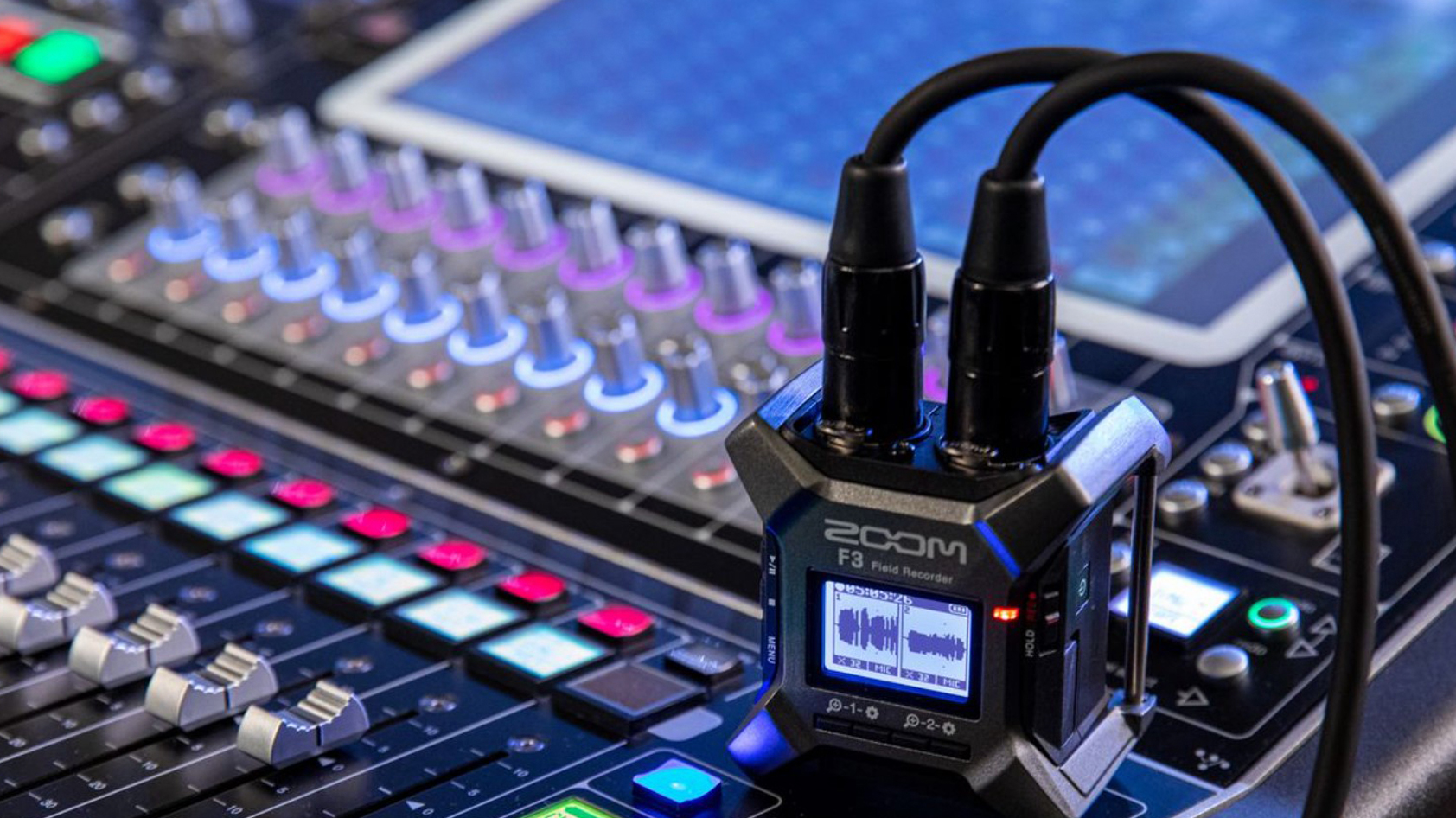
Landing perhaps in an awkward spot for voice recorders, the Zoom F3 Field Recorder is quite small but built with reinforced components and sturdy housing. It features two XLR inputs, so you’ll need to supply your own microphone, which will put off folks who want an all-in-one solution. But others who already have good mics will appreciate that the F3 doesn’t stuff in mics to keep the size down.
A running theme of the Zoom F3 Field Recorder is that you need to supply your own stuff. In addition to mics for the two-track recorder, you’ll likely want to try using the iOS/Android-compatible remote app, which demands an additional Bluetooth module. Plus, you can store up to 1TB of recordings, but you need your own microSDHC or microSDXC card. Suddenly, it doesn’t feel so inexpensive.
However, the F3 Field Recorder records up to 32-bit/192kHz (more than you probably need) with a low noise floor that beats out a lot of audio interfaces. It’ll run on basic batteries, or you can plug in a battery pack or plug it in directly to a power source. You can strap it to your wrist, your belt, or your camera for capturing video or unobtrusively set it on a table while you record an intimate interview.
The best voice recorders: Notable mentions
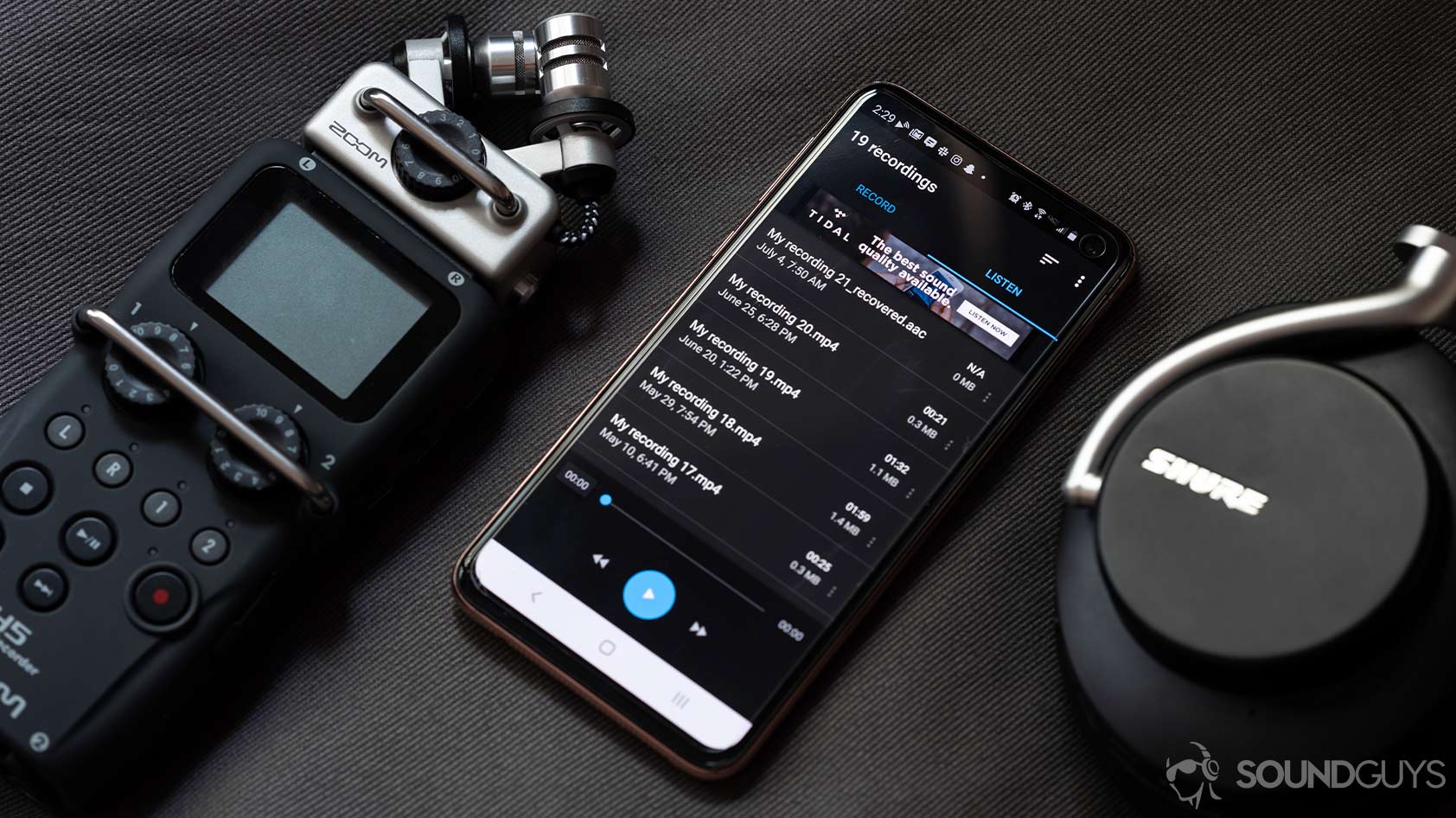
- Boss Micro BR-80: This niche portable recorder is aimed at songwriters with optional four-track recordings on the go. The line-in for guitars means it’s flexible, but uses has a less common 3.5mm input for an outboard mic. It can run on AA batteries, too. More generally, it has two built-in condenser microphones and records at 24 bit/44.1kHz, so you can use it like the other products on this list, too. Users can access Boss signature effects as well, all for $250 at Amazon.
- Movo UM700: This one is a USB microphone. Increasingly, USB mics have been the direction of the market away from discrete voice recorders. It’s around $79 at Amazon and pairs well with your PC to directly record. Of course, that’s a less portable solution.
- Roland R-07 Handheld Audio Recorder: A pint-sized recorder that has some intriguing functions like wireless connectivity for monitoring and dual recording with high and low gain so you can edit audio later if it peaks. Inside, it has two microphones and even a metronome and tuner for musicians. It runs on AA batteries or a USB bus and supports up to 96kHz at 24-bit. Nab it for $342 at Amazon.
- Shure MV7X: The MV7X is a USB microphone, so it still requires either a phone, tablet, or PC. In any case, it performs admirably for the price ($179 at Amazon). It’s one way to upgrade your smartphone recordings.
- Shure MV88+ Video Kit: Like the Sennheiser MKE 400 kit, this one is meant to plug in for upgrading your video sound. You can use it for strictly audio as well. The additional accessories included elevating the mic (at $249 at Amazon) from being a one-trick pony to an interview mic, field recorder, or podcast mic in a pinch when paired with a camera or phone.
- Sony ICD-TX660: Likely the smallest and sleekest device on the list, Sony manages to make a capable recorder weighing only 29 grams for the cost of $98 at Amazon. It’s ideal for meetings, classrooms, or interviews, so long as you plan to edit on your computer.
- Tascam DR-05X: For the price ($249 at Amazon), this portable voice recorder is similar to the Zoon H1n, sporting a slightly less rugged build. With dual built-in mics and expandable memory, you can sync it to video too, or use it as a USB interface.
- Zoom H4n Pro: This is a favorite amongst beginner audio recordists and indie filmmakers with its attractive value (at $229 at Amazon). It can record up to four tracks and offers two XLR-1/4″ combo inputs and an integrated stereo mic set up in an X/Y configuration. The H4n Pro can record up to 24-bit/96kHz and can even act as a 2-in/2-out audio interface with your computer.
- Zoom H6: For a bit more than the Zoom H5, you get on-board editing controls and the ability to record a maximum of six audio channels. The extra I/O and software tools are especially useful for podcasters looking to consolidate the bulk of their audio workflow into a single, portable device. A color screen is a nice interface, too. All in it’s $229 at Amazon.
- Zoom Podtrak P4: More of an all-in-one recorder without the mics (for $149 at Amazon), the Podtrak P4 has some podcast centered features that make sense in a few situations, including four headphone outs, four XLR inputs with direct controls, a sound pad for your jingle, and the Zoom BTA-2 (at $49 at Amazon) lets you record via Bluetooth remote guests.
What else should you know about voice recorders?
The good news is many of these digital voice recorders are pretty straightforward to use. Even if you ignore all of the features and specs, getting them to record what you need is mostly just as simple as pressing record when you need to. Still, there are some things that you might be wondering about.
How do you edit your voice?
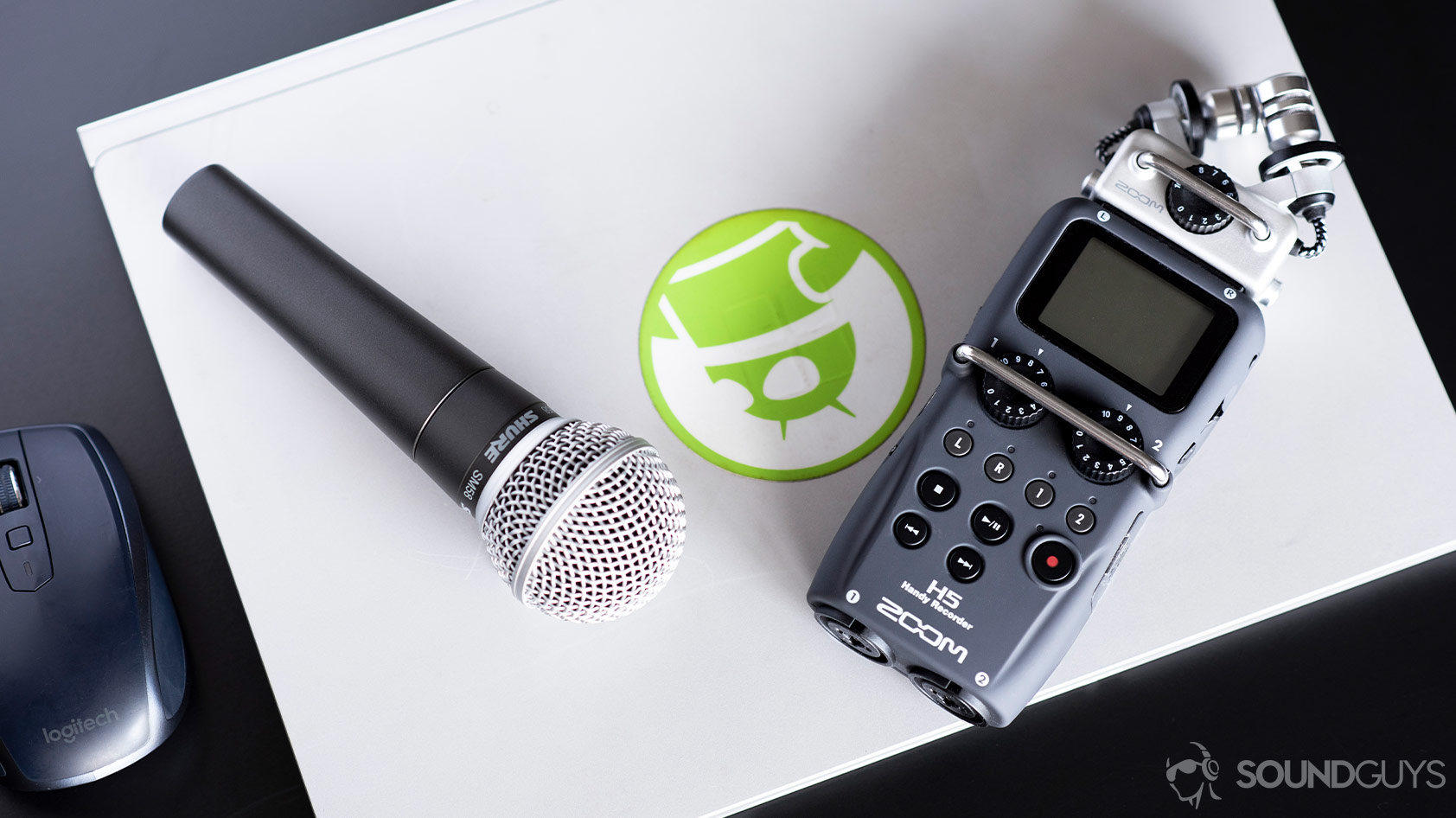
If you want to get the most out of your digital voice recorder, then you might need to know how to edit your final voice recording. Before you go buy that super-expensive digital audio workstation (DAW) your friend recommended, you should first take a look at your recording environment. Obviously, if you’re in a classroom or lecture hall, you don’t really have much control over this. However, you should look for a quiet place to record if possible. One tip to keep in mind when voices are at different volumes (like in a lecture hall) on the same audio track is to use a compressor in your editor of choice to reduce the volume disparity.
Leave a gap to establish a room tone, because it will make editing noise much easier.
If you’re recording yourself and don’t mind being a little uncomfortable, you’d be surprised how well a blanket fort will get the job done. Another major tip is to leave a gap for a few seconds before and after your recording. This is called “room tone,” and if you remember to do this, you will have a way to de-noise your recording with minimal effort.
Lastly, ensure that you establish a good gain level so that the recording isn’t so quiet that you barely capture anything but also not so loud that the audio clips. Grabbing a set of studio headphones, when possible, will help you monitor the audio for things like if you’re optimally recording the speech. If it’s a situation where it’s not appropriate to wear headphones, check waveforms (to avoid visuals like big blocks of clipping audio or minuscule waves of almost nothing) or input level indicators in lieu of direct monitoring.
Can you use a voice recorder for podcasts?
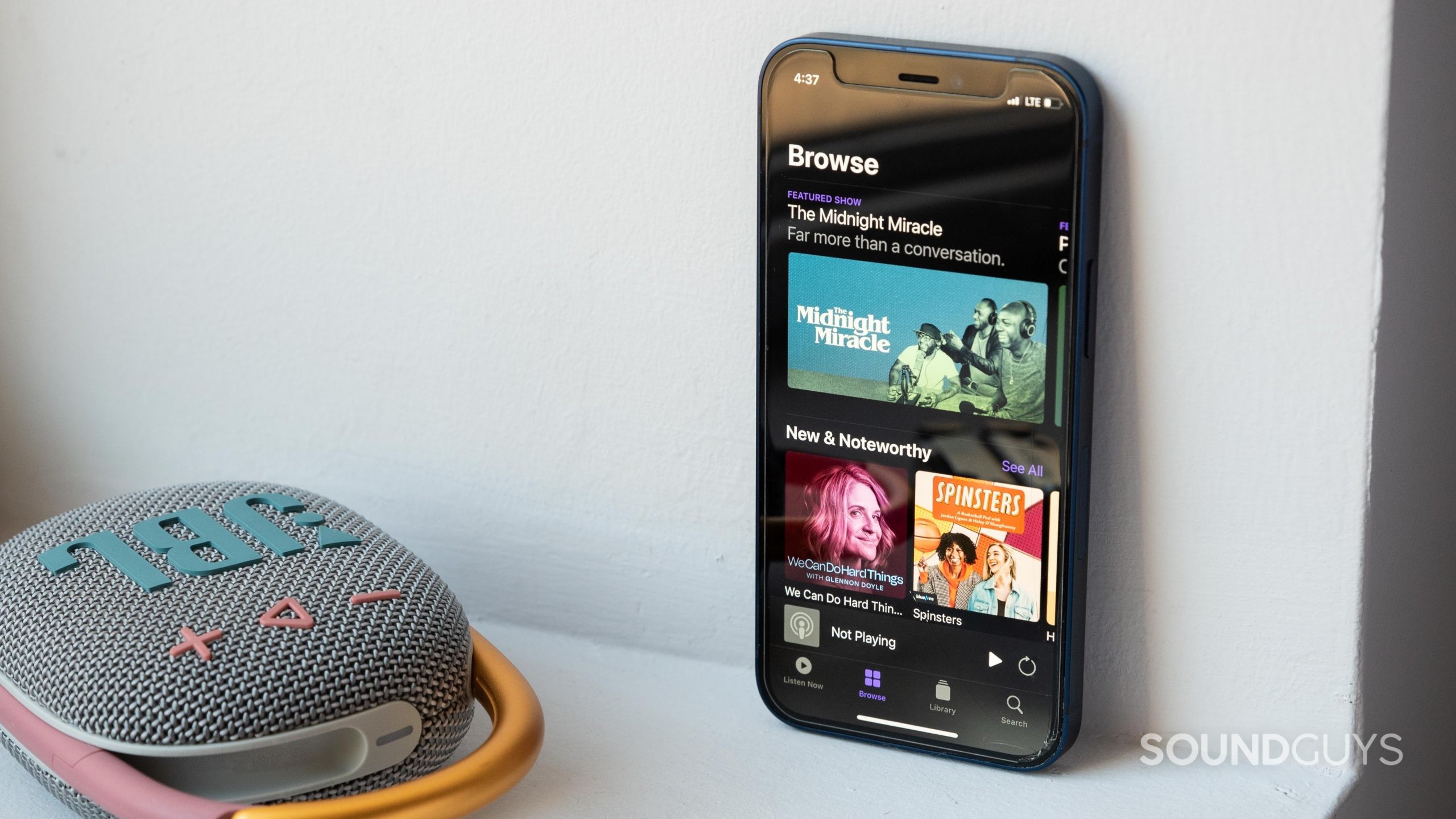
Absolutely. The great thing about podcasts is that, just like video, the quality of your gear doesn’t matter as much as the content. A good story is everything, and while stepping up your gear will definitely make your podcast sound cleaner, that doesn’t mean that it will be any better. While the MV88+ is really just a microphone, using it in conjunction with any voice recording app on your smartphone is a great way to get your podcast off the ground.
What is an audio interface, and do you need one?
An audio interface is a tool that lets you connect a microphone to your computer. Your computer most likely only has some type of USB connection, and while that’s perfect for some USB mics, most microphones use an XLR connection. It’s this kind of connection that requires an audio interface, as there’s no other way to plug it into a computer.
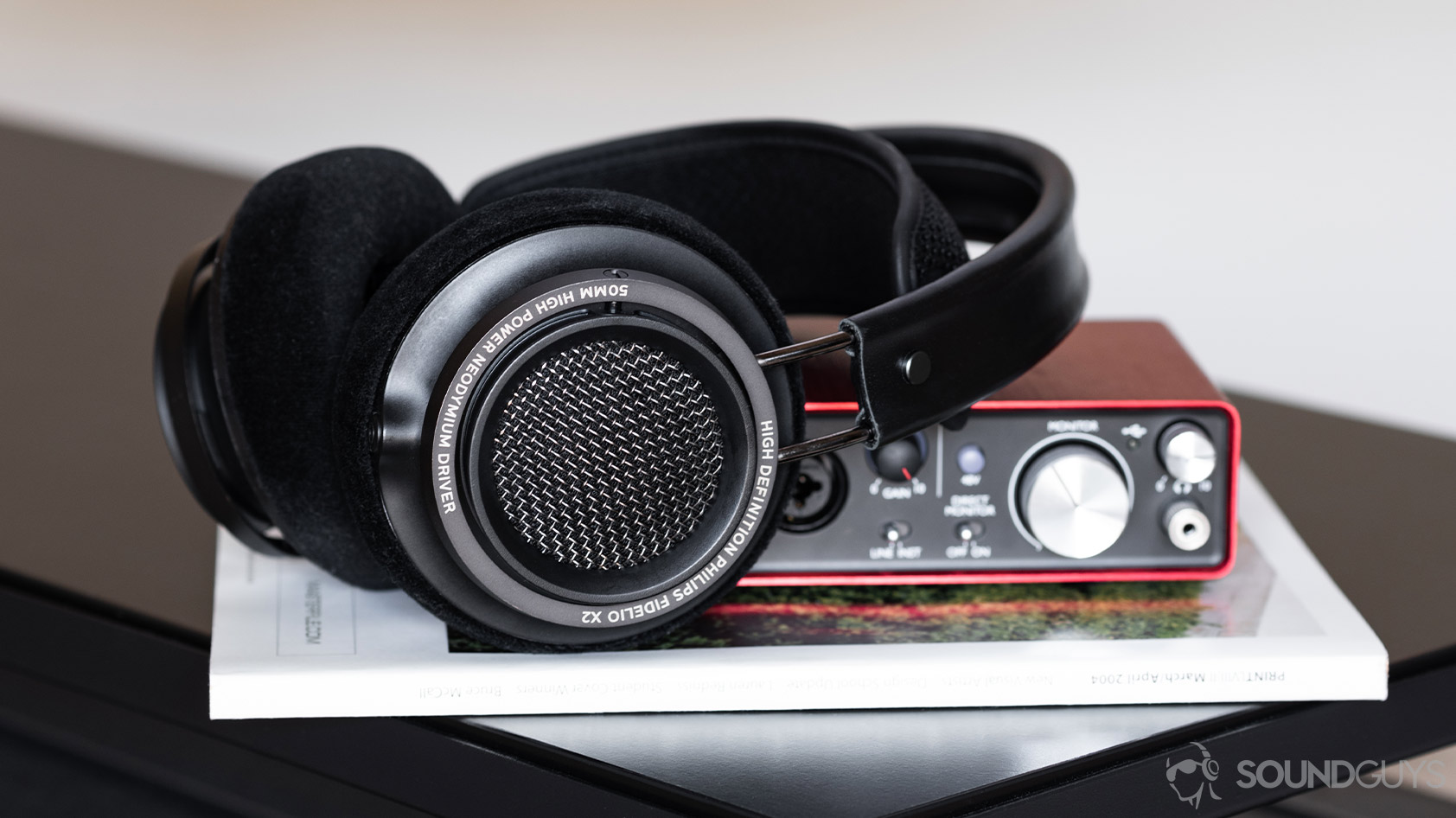
So unless you have a high-end microphone, you don’t need an audio interface to record your voice with any one of these voice recorders. They all have their own microphones that can be used to record audio. Condenser microphones particularly need external phantom power, which audio interfaces can supply.
The interface itself doesn’t store the recording; it merely amplifies and transfers it to your computer and into the DAW of your choice. There are competent free ones out there, like Garageband for Apple devices, for instance. But, unlike the voice recorders in this list, an audio interface does not typically have storage or editing tools.
If you think you will have some need for a way to connect an XLR mic to your computer at some point, then you should probably go with the Zoom H4n or H5 mentioned earlier, as these can also double as an audio interface.
What is bit depth?
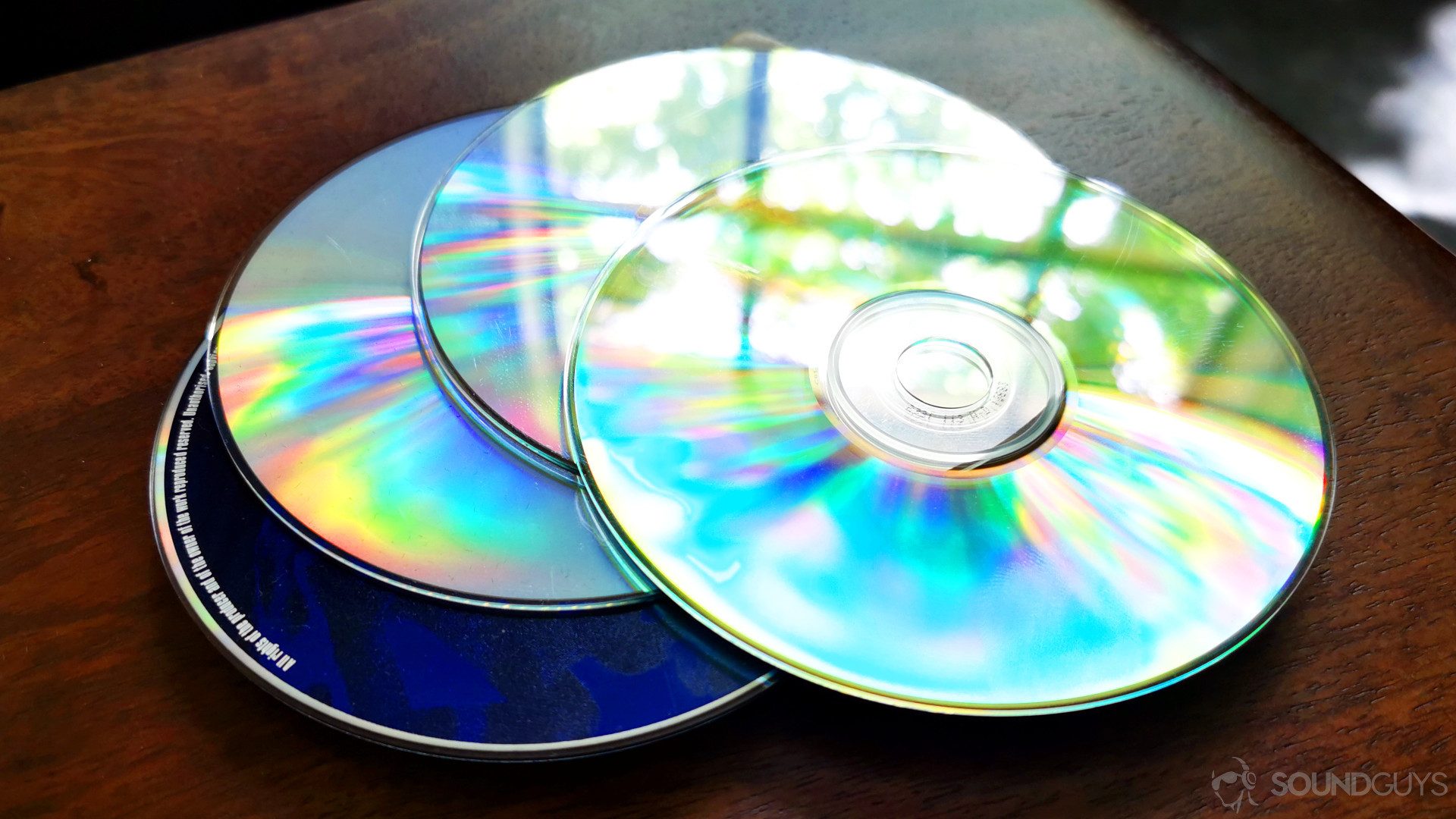
Looking at a voice recorder, you’ll likely see some specifications like 16-bit/96kHz, and that first figure refers to the bit depth. Bit depth refers to the number of binary digits (bits) representing the audio signal and the more bits, the more accurately that signal is recorded. Although we’d like to think that 24-bit audio is markedly better than 16-bit audio, from a listening standpoint, the bit depth increase doesn’t matter. The fact of the matter is that our ears can hardly discern the difference, if at all.
Increasing bit depth does, however, afford greater flexibility when editing your audio files because it effectively lowers the noise floor. If you have a recording that doesn’t sound the way you want it to, a greater bit of depth will make it easier to fix. A higher bit-depth minimizes quantization noise, which manifests as a quiet hiss in recordings. However, the difference in quantization noise in 16-bit audio and 24-bit audio is indiscernible. Even if such noise presents itself in your recordings, it can easily be handled in post-processing.
For the final product, you’ll want to pay more attention to how you compress the file rather than at what bit-depth it was recorded. Unless your final track is going to be played back as a lossless WAV file, data is going to be lost during the encoding process.
What is a sample, and does it matter?
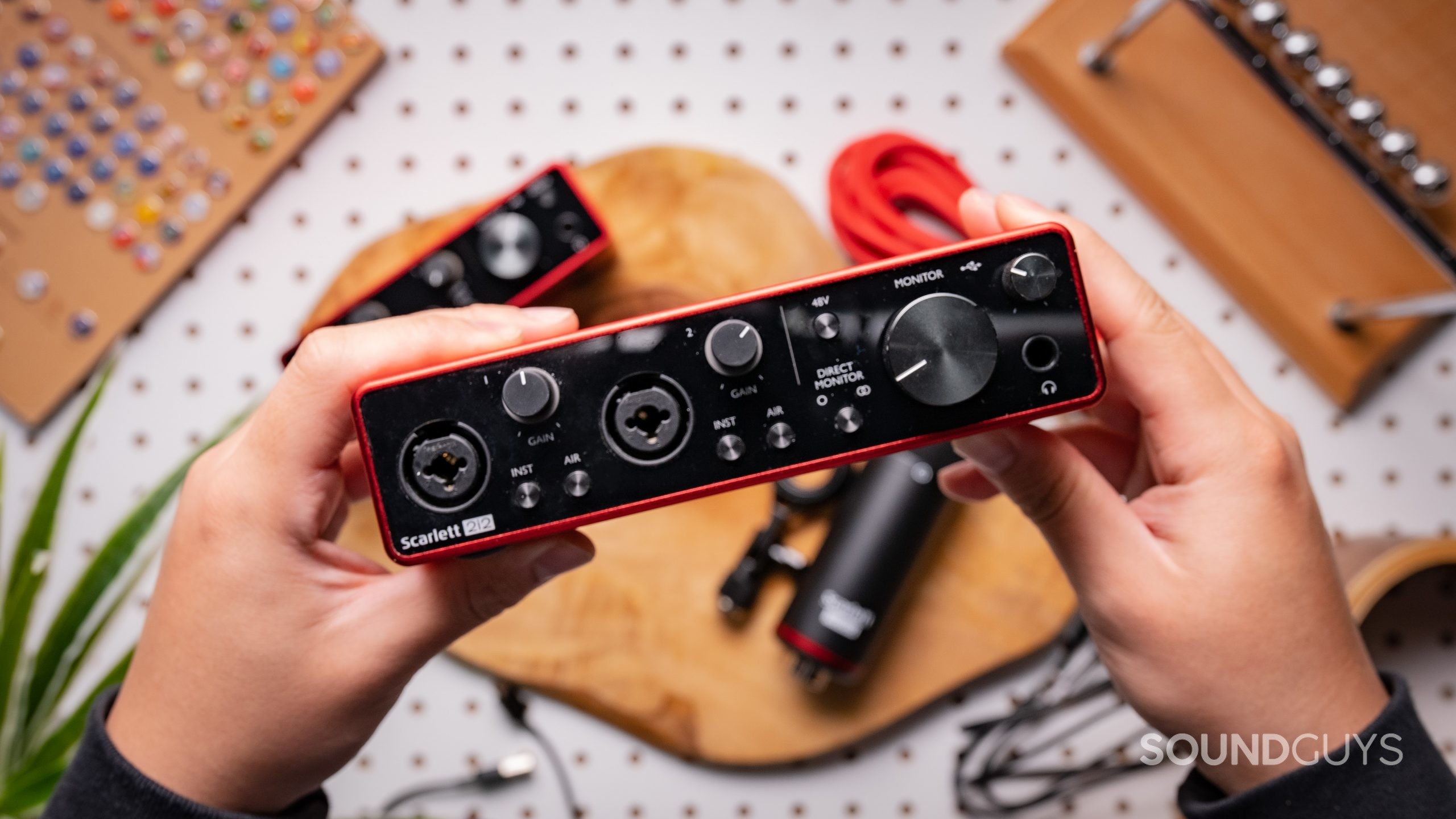
Sample rate refers to how many times per second data is sampled or how many data points exist per second in an audio file. Our ears can’t hear above 20Khz, which is easily handled by a 44.1kHz sample rate, and anything greater is just overkill. However, greater sample rates do afford more flexibility when editing and the ability to capture more information.
Each voice recorder has a maximum sample rate. Some are greater than 44.1kHz. Keep in mind that more doesn’t equal better if you account for how much larger these files get once you start recording at 196kHz and above. With that said, “Hi-Res” audio is 24-bit/196kHz, so if that’s important for your purposes, look for a recorder with that capability.
Why you should trust SoundGuys for the best voice recorders
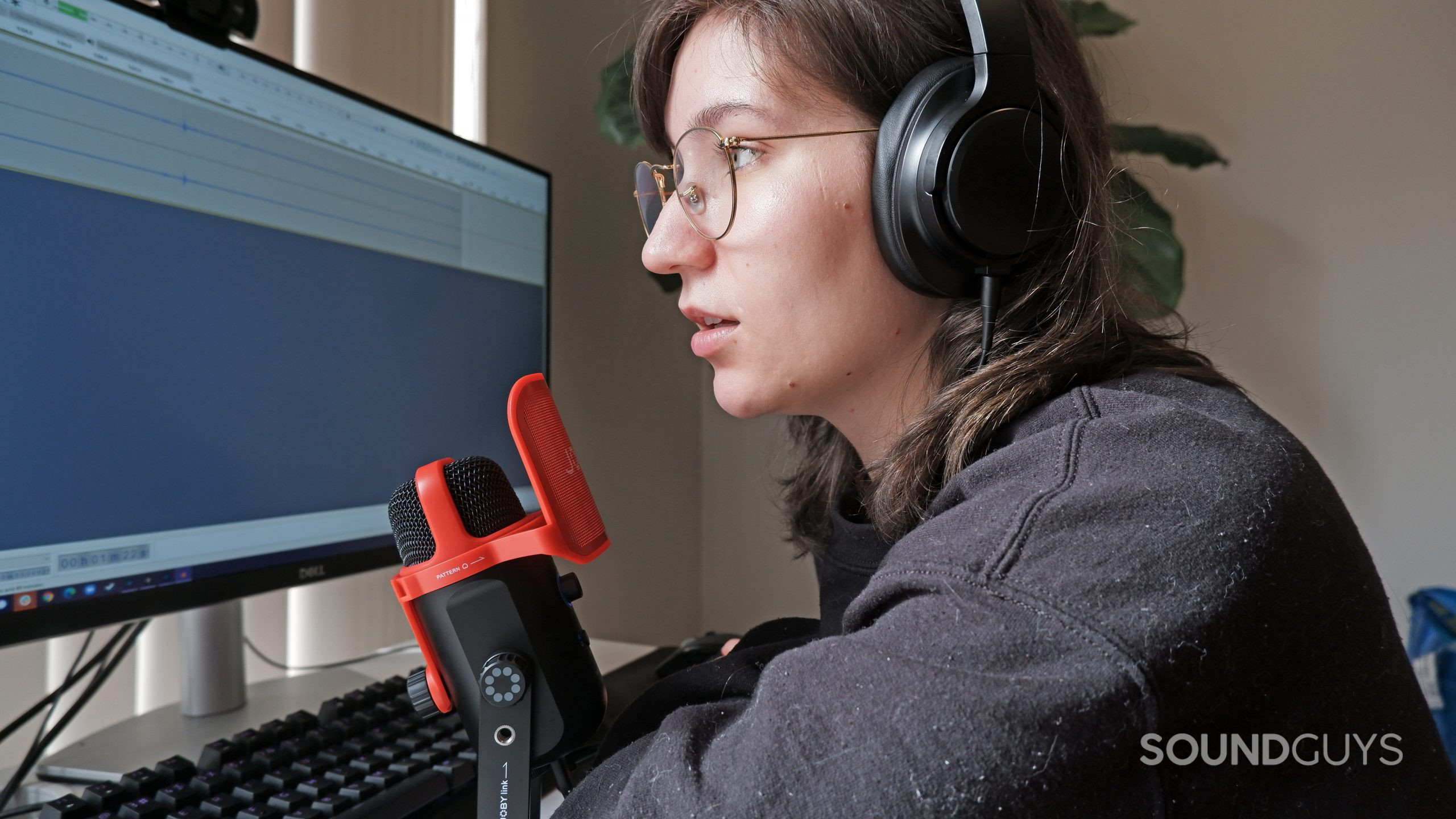
The writers at SoundGuys have accumulated years of experience reporting on the consumer audio market, testing audio products, and helping consumers find the right audio product for them. Our staff adheres to a strict ethics policy, and no writer will gain anything from recommending one brand over another.
We don’t use sponsored content on the website at a time when doing so is the norm. SoundGuys’ survival depends almost exclusively on readers enjoying their purchases. We pride ourselves on transparently outlining objective facts and measurements while accounting for the subjective experience to contextualize an audio product’s performance. When we do misspeak, we correct and own up to it.
Frequently asked questions about the best voice recorders
A field recorder refers to a device that primarily records audio from external sources, such as multiple mic inputs mixed together. On the other hand, voice recorders are devices that rely on their internal microphone to record audio since their primary use is to record… well… voices. The Zoom H5 is an example of a field recorder that provides you will multiple XLR input options, though it can double as a voice recorder thanks to its internal mic. On the other hand, the Sony ICD-TX660 only has an internal mic, making it a digital voice recorder.
While both can technically record any type of sound, voice recorders focus on clarity in speech, and sound recorders aim for wider, high-quality audio capture. Choose based on your specific needs.
The best sound in this circumstance has a few contributing variables. How you record a voice (placement, gain levels) and the location’s acoustic treatment will go a long way in improving any of these voice recorders. All of these picks will sound better than the mics on your smartphone. When in doubt, Zoom has tried and true mics onboard the devices such as the H1n.
Technically, you can use most voice recorders to record phone calls, particularly if you pick one with a line in addition to the onboard mics. However, be advised that depending on where you are, it may not be legal to record phone calls without permission from the person on the phone with you.
A voice-activated or noise-activated recording mode is a fairly common feature on voice recorders. The Sony ICD-UX570 is a good choice for most people in that it’s pocketable with a voice-activated recording mode. Plus, you can adjust other noise filtering modes as well to better capture your audio when the speaker is far away, such as in a lecture hall or right in front of you for an interview.
